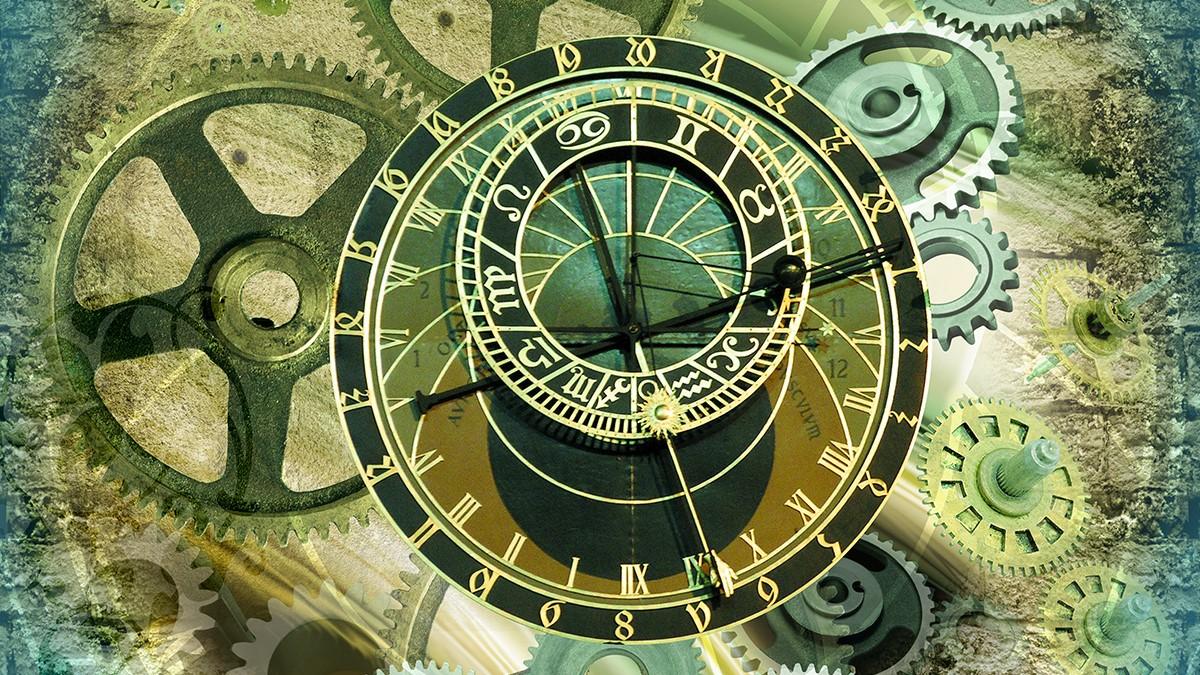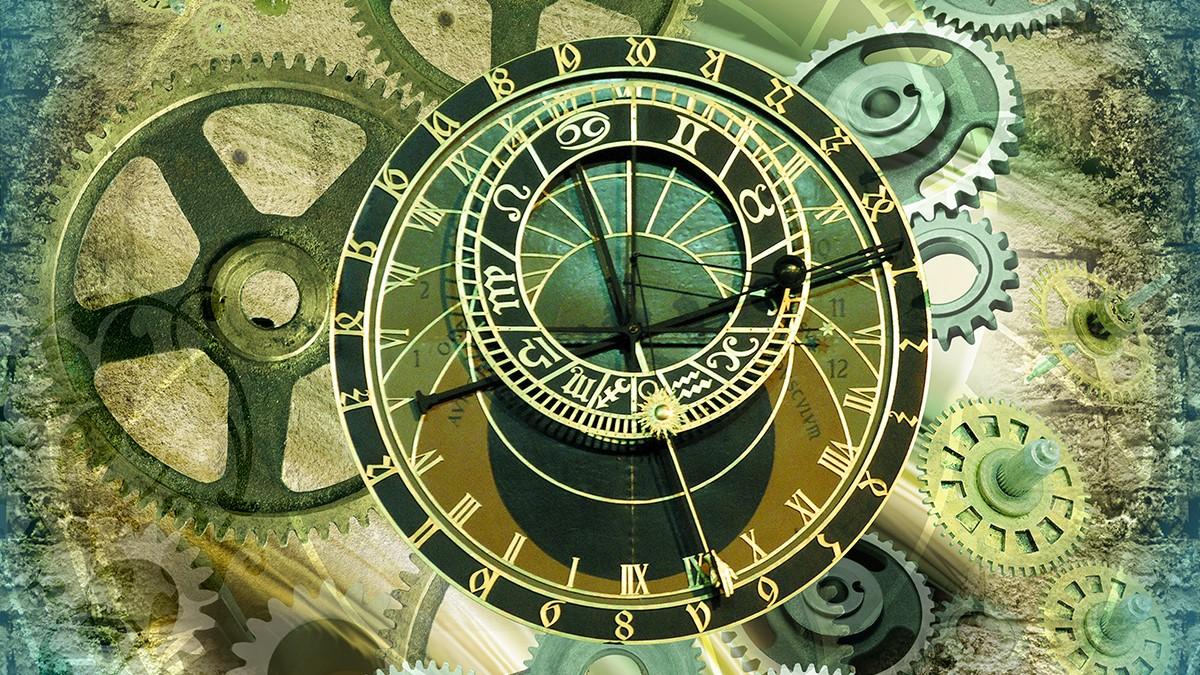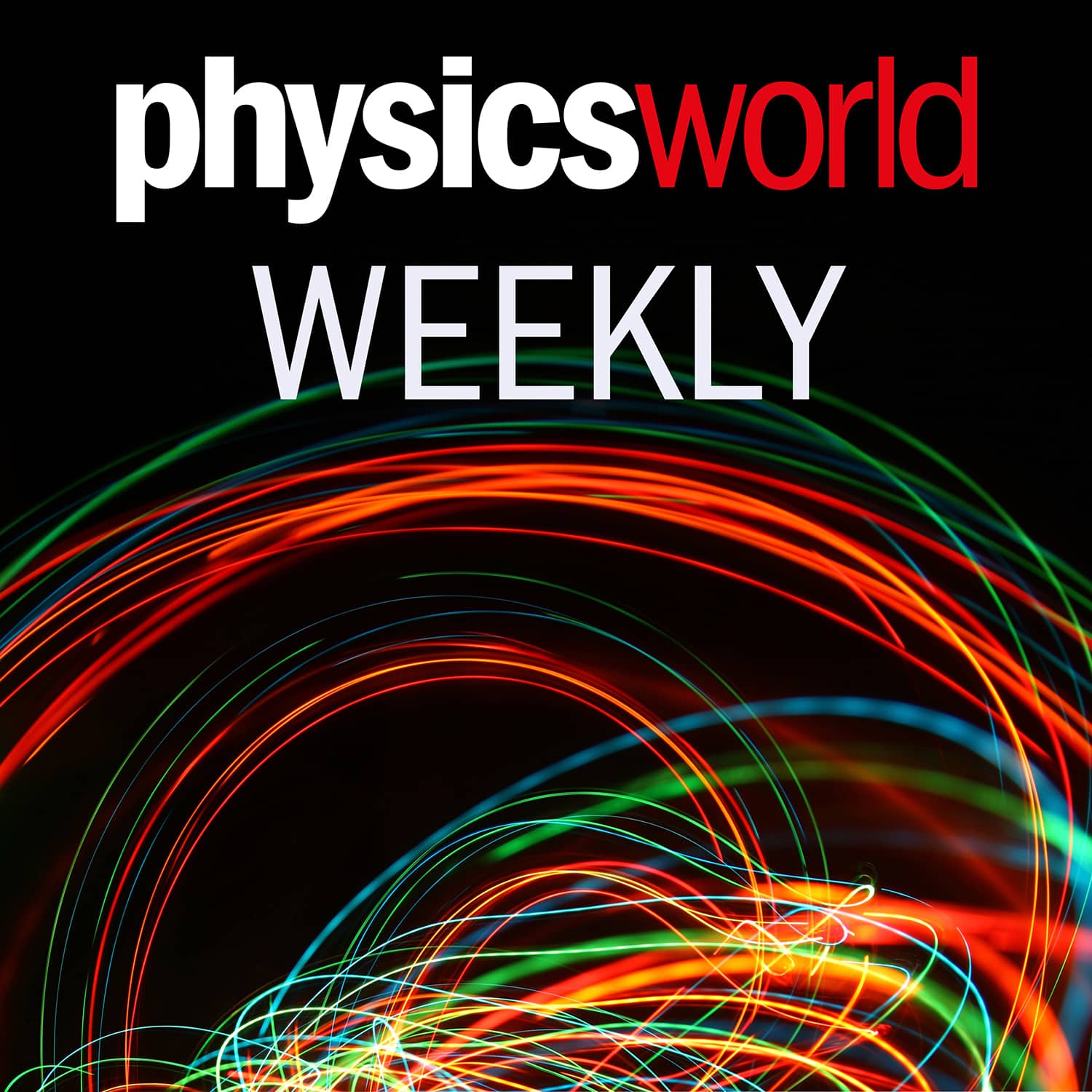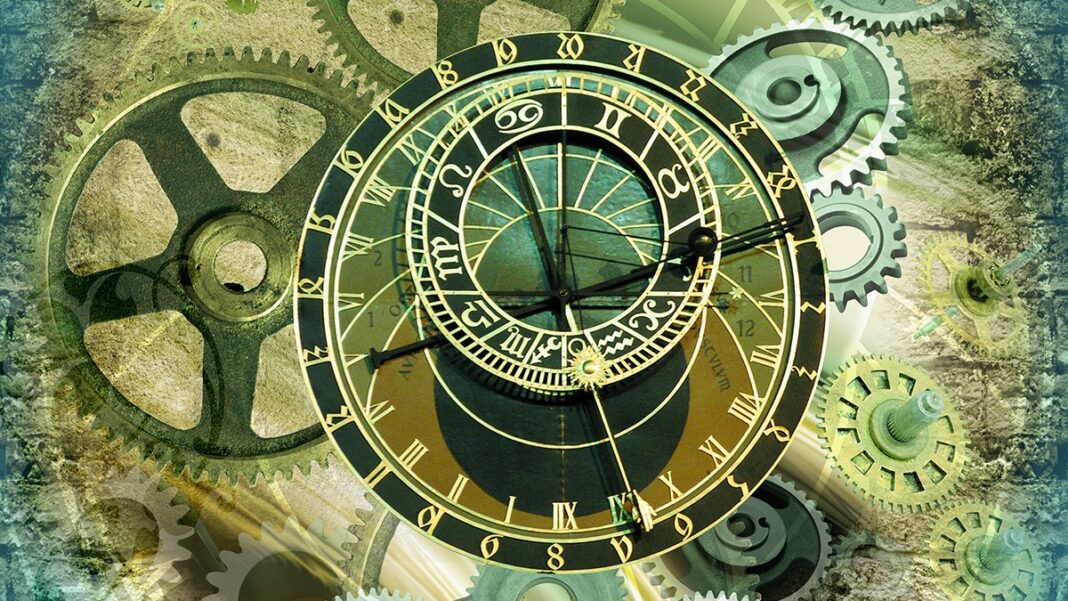In the realm of quantum mechanics, a long-standing conundrum has sparked intense debate among physicists: how to reconcile the seemingly inexplicable phenomenon of quantum entanglement with the fundamental principle of local causality. This enigma has puzzled experts for decades, leaving a rift between the eerie connections that exist between particles at a subatomic level and the notion that information cannot travel faster than the speed of light.

Quantum entanglement, where two or more particles become inextricably linked, defies the conventional understanding of space and time. This mystifying phenomenon challenges the bedrock of physics, forcing scientists to question the very fabric of reality. Meanwhile, local causality, which dictates that cause precedes effect within a given location, is a cornerstone of the theory that underpins our understanding of the universe.

Quantum Entanglement and Local Causality: A Theoretical Conundrum

One of the most intriguing and debated topics in modern physics is the relationship between quantum entanglement and local causality. The concept of quantum entanglement, where two or more particles become correlated in such a way that the state of one particle cannot be described independently of the others, has been experimentally verified numerous times. However, this phenomenon seems to defy the fundamental principles of local causality, which dictate that information cannot travel faster than the speed of light.

The Einstein-Podolsky-Rosen Paradox: A Thought Experiment
In 1935, Albert Einstein, Boris Podolsky, and Nathan Rosen proposed a thought experiment that would later become known as the EPR paradox. The thought experiment involves two particles, A and B, which are entangled in such a way that the state of particle A is correlated with the state of particle B. The paradox arises when two observers, Alice and Bob, measure the state of particles A and B, respectively. According to quantum mechanics, the act of measurement collapses the wave function, and the state of particle B is instantaneously affected, regardless of the distance between the two particles.

This apparent instantaneous communication between particles A and B seems to violate the principles of local causality, which dictate that information cannot travel faster than the speed of light. The EPR paradox led to a heated debate between Einstein and Niels Bohr, with Einstein arguing that the phenomenon was a manifestation of quantum non-locality, while Bohr maintained that it was a consequence of the measurement process itself.
Bell’s Inequality: A Challenge to Quantum Mechanics
In the 1960s, John Bell proposed a mathematical inequality that would later become a cornerstone of quantum mechanics. Bell’s inequality states that if a system is in a state of local realism, where the properties of a particle are determined before measurement, then the correlation between the measurements of two particles is bounded by a certain value. However, quantum mechanics predicts that the correlation between the measurements can exceed this bound, a phenomenon known as quantum non-locality.
Bell’s inequality has been experimentally verified numerous times, and it is now widely accepted that quantum mechanics is a non-local theory. However, this raises a fundamental question: how can quantum mechanics reconcile with the principles of local causality?
Theories of Quantum Entanglement: From Bell to Bohm and Beyond
Several theories have been proposed to explain the phenomenon of quantum entanglement. One of the earliest theories was proposed by David Bohm, who suggested that particles are guided by a non-local hidden variable, known as the pilot wave. This theory, known as the de Broglie-Bohm theory, postulates that particles have definite positions and momenta, even when they are not being measured.
Another theory, known as the many-worlds interpretation, proposes that every time a measurement is made, the universe splits into multiple branches, each corresponding to a different possible outcome. This theory, proposed by Hugh Everett, suggests that quantum entanglement is a manifestation of the many-worlds interpretation.
More recently, theories such as quantum Bayesianism and relational quantum mechanics have been proposed, which attempt to reconcile quantum mechanics with the principles of local causality. However, these theories are still in the early stages of development, and much work remains to be done to fully understand the phenomenon of quantum entanglement.
The Conundrum of Wavefunction Collapse
One of the most challenging aspects of quantum mechanics is the phenomenon of wavefunction collapse. According to the Copenhagen interpretation, when a measurement is made on a quantum system, the wave function collapses to one of the possible outcomes. However, this raises several questions: what triggers the collapse of the wave function, and how does it propagate through space and time?
The Speed of Collapse: A Challenge to Special Relativity
The collapse of the wave function appears to happen instantaneously, regardless of the distance between the particles. This raises a fundamental challenge to special relativity, which dictates that information cannot travel faster than the speed of light. If the collapse of the wave function is instantaneous, then it seems to violate the principles of special relativity.
Several theories have been proposed to explain the phenomenon of wavefunction collapse. One of the earliest theories was proposed by Ghirardi, Rimini, and Weber, who suggested that the collapse of the wave function is a random process, triggered by the interaction between the system and the environment.
Nonlocal Hidden Variables: A Sophisticated Alternative
Another theory, known as nonlocal hidden variable theory, proposes that the wave function collapse is triggered by a nonlocal hidden variable, which is shared between the particles. This theory, proposed by David Bohm and Jeffrey Bub, suggests that the collapse of the wave function is a nonlocal process, which propagates through the hidden variable.
However, this theory raises several questions: what is the nature of the hidden variable, and how does it propagate through space and time? Furthermore, how does the hidden variable reconcile with the principles of local causality?
The Problem of Superluminal Information Transmission
The phenomenon of wavefunction collapse raises a fundamental problem: how does the information about the measurement outcome propagate through space and time? If the collapse of the wave function is instantaneous, then it seems to allow for superluminal information transmission, which violates the principles of special relativity.
This problem has been the subject of much debate and research, with several theories proposed to explain the phenomenon. However, a complete understanding of wavefunction collapse remains an open problem in quantum mechanics.
An Extra Time Dimension: A Novel Solution?
One of the most intriguing solutions to the conundrum of quantum entanglement and local causality is the proposal of an extra time dimension. This idea, proposed by Marco Pettini, suggests that the universe has five dimensions, three of space and two of time. The extra time dimension would allow for the reconciliation of quantum entanglement with local causality.
The Idea of an Extra Time Dimension: A Conversation with Roger Penrose
The idea of an extra time dimension arose from conversations between Marco Pettini and Roger Penrose, a renowned mathematical physicist. Penrose, who shared the 2020 Nobel Prize for Physics, suggested that the extra time dimension could provide a solution to the problem of quantum entanglement and local causality.
The idea is based on the concept of a five-dimensional space-time, where particles have five-dimensional wavefunctions. The extra time dimension would allow for the reconciliation of quantum entanglement with local causality, by providing a new dimension in which the information about the measurement outcome can propagate.
Theoretical Framework: A Five-Dimensional Space-Time
The theoretical framework for the extra time dimension is based on the concept of a five-dimensional space-time. The geometry of the five-dimensional space-time would be different from the four-dimensional space-time we are familiar with, and would require a new set of mathematical tools to describe.
The extra time dimension would allow for the reconciliation of quantum entanglement with local causality, by providing a new dimension in which the information about the measurement outcome can propagate. The five-dimensional space-time would also provide a new framework for understanding the phenomenon of wavefunction collapse.
Confining Massive Particles: A Potential Solution to Causality Issues
A potential solution to the causality issues raised by the extra time dimension is the concept of confining massive particles. According to this idea, massive particles are confined to a four-dimensional subspace of the five-dimensional space-time, and do not have access to the extra time dimension.
This idea, proposed by Pettini, suggests that the extra time dimension is not accessible to massive particles, and therefore does not raise causality issues. The confining of massive particles would provide a solution to the problem of time travel, and would allow for the reconciliation of quantum entanglement with local causality.
Theoretical Framework: A Five-Dimensional Space-Time
Theoretical Background: Space-Time Geometry
The geometry of space-time is a fundamental concept in modern physics. The geometry of the four-dimensional space-time we are familiar with is based on the concept of the Minkowski metric, which describes the distance between two events in space-time.
The geometry of the five-dimensional space-time would be different from the four-dimensional space-time, and would require a new set of mathematical tools to describe. The extra time dimension would add a new dimension to the geometry of space-time, and would require a new set of coordinates to describe.
The Impact of an Extra Time Dimension: Modified Space-Time Metrics
The extra time dimension would have a profound impact on our understanding of space-time geometry. The modified space-time metrics would require a new set of mathematical tools to describe, and would provide a new framework for understanding the phenomenon of quantum entanglement.
The modified space-time metrics would also have implications for our understanding of gravity, and would require a new set of gravitational equations to describe. The extra time dimension would also have implications for our understanding of the universe, and would require a new set of cosmological models to describe.
Massive Particles and the Extra Time Dimension: Confined or Free?
A fundamental question raised by the extra time dimension is whether massive particles are confined to a four-dimensional subspace of the five-dimensional space-time, or whether they have access to the extra time dimension.
The answer to this question has profound implications for our understanding of quantum entanglement and local causality. If massive particles are confined to a four-dimensional subspace, then the extra time dimension would not raise causality issues. However, if massive particles have access to the extra time dimension, then the causality issues would need to be addressed.
Mathematical Framework: Differential Geometry and Tensor Analysis
The theoretical work of Marco Pettini relies heavily on the mathematical framework of differential geometry and tensor analysis. This framework provides a powerful toolset for describing the complex relationships between space, time, and matter. By employing differential geometry, Pettini’s theory can accurately model the curvature of spacetime, which is essential for understanding the behavior of particles in high-energy collisions.
Tensor analysis, on the other hand, allows for the description of complex systems in terms of their intrinsic properties, such as stress, strain, and curvature. This mathematical framework is particularly useful in the context of general relativity, where the curvature of spacetime is directly related to the distribution of mass and energy.
The Role of the Extra Time Dimension: A Novel Mathematical Structure
The introduction of an extra time dimension in Pettini’s theory marks a significant departure from traditional approaches to reconciling quantum entanglement with local causality. By postulating the existence of a five-dimensional spacetime, with three spatial dimensions and two temporal dimensions, Pettini’s theory provides a novel mathematical structure for understanding the relationships between particles.
This extra time dimension plays a crucial role in allowing for the instantaneous collapse of the wavefunction, while avoiding the need for superluminal information transmission. By propagating the collapse through the extra time dimension, the theory ensures that the information transmitted between particles is consistent with the principles of relativity.
Implications for Quantum Mechanics: A Modified Wavefunction
The introduction of an extra time dimension in Pettini’s theory has significant implications for our understanding of quantum mechanics. In particular, the modified wavefunction proposed by Pettini provides a new framework for understanding the behavior of particles in entangled systems.
By describing particles in terms of five-dimensional wavefunctions, Pettini’s theory offers a more complete and consistent description of quantum entanglement. This modified wavefunction also provides a theoretical basis for understanding the instantaneous collapse of the wavefunction, which is a fundamental aspect of quantum mechanics.
Simulation and Computational Analysis
Numerical Methods: Simulating a Five-Dimensional Space-Time
The simulation of a five-dimensional spacetime is a complex task that requires the development of novel numerical methods. Pettini’s theory relies on advanced computational techniques to model the behavior of particles in high-energy collisions.
By employing numerical methods, such as lattice gauge theory and computational fluid dynamics, researchers can simulate the behavior of particles in a five-dimensional spacetime. These simulations provide valuable insights into the behavior of particles in entangled systems, and offer a theoretical basis for understanding the implications of Pettini’s theory.
Computational Analysis: A Framework for Testing Theoretical Predictions
The computational analysis of Pettini’s theory provides a framework for testing theoretical predictions and understanding the implications of the modified wavefunction. By developing advanced computational models, researchers can simulate the behavior of particles in entangled systems and test the predictions of Pettini’s theory.
This computational analysis also provides a theoretical basis for understanding the experimental implications of Pettini’s theory. By comparing the results of computational simulations with experimental data, researchers can gain valuable insights into the behavior of particles in high-energy collisions.
Implications for Experimental Design: A Novel Approach to Quantum Entanglement
The computational analysis of Pettini’s theory has significant implications for experimental design. By providing a novel approach to understanding quantum entanglement, Pettini’s theory offers a theoretical basis for designing new experiments that can test the predictions of the modified wavefunction.
These experiments could potentially provide valuable insights into the behavior of particles in entangled systems, and offer a new perspective on the nature of quantum mechanics. By employing advanced computational techniques and novel experimental designs, researchers can gain a deeper understanding of the implications of Pettini’s theory.
Implications and Practical Aspects
Experimental Tests: A Potential Breakthrough
The experimental testing of Pettini’s theory offers a potential breakthrough in our understanding of quantum entanglement. By designing novel experiments that can test the predictions of the modified wavefunction, researchers can gain valuable insights into the behavior of particles in entangled systems.
These experiments could potentially provide a deeper understanding of the nature of quantum mechanics, and offer a new perspective on the relationships between space, time, and matter. By employing advanced computational techniques and novel experimental designs, researchers can gain a deeper understanding of the implications of Pettini’s theory.
Detection Techniques: Measuring Quantum Entanglement in a Five-Dimensional Space-Time
The detection of quantum entanglement in a five-dimensional spacetime is a complex task that requires the development of novel detection techniques. Pettini’s theory relies on advanced experimental methods to measure the behavior of particles in entangled systems.
By employing techniques such as quantum interferometry and spectroscopy, researchers can measure the behavior of particles in high-energy collisions. These detection techniques provide valuable insights into the behavior of particles in entangled systems, and offer a theoretical basis for understanding the implications of Pettini’s theory.
Implications for Quantum Computing and Quantum Communication
The implications of Pettini’s theory for quantum computing and quantum communication are significant. By providing a novel approach to understanding quantum entanglement, Pettini’s theory offers a theoretical basis for developing new quantum technologies.
These technologies could potentially provide a new perspective on the nature of quantum mechanics, and offer a deeper understanding of the relationships between space, time, and matter. By employing advanced computational techniques and novel experimental designs, researchers can gain a deeper understanding of the implications of Pettini’s theory.
Philosophical and Theoretical Implications
The Role of Causality in Quantum Mechanics: A Novel Perspective
The introduction of an extra time dimension in Pettini’s theory has significant implications for our understanding of causality in quantum mechanics. By providing a novel perspective on the relationships between particles, Pettini’s theory offers a new framework for understanding the nature of causality.
This novel perspective has significant implications for our understanding of the fundamental principles of quantum mechanics. By employing advanced computational techniques and novel experimental designs, researchers can gain a deeper understanding of the implications of Pettini’s theory.
Implications for Time Travel and the Arrow of Time
The implications of Pettini’s theory for time travel and the arrow of time are significant. By providing a novel approach to understanding the relationships between particles, Pettini’s theory offers a theoretical basis for understanding the nature of time itself.
This theoretical basis has significant implications for our understanding of the fundamental principles of quantum mechanics. By employing advanced computational techniques and novel experimental designs, researchers can gain a deeper understanding of the implications of Pettini’s theory.
Theoretical Consequences: A Modified Understanding of Space-Time
The theoretical consequences of Pettini’s theory are far-reaching. By providing a novel approach to understanding the relationships between particles, Pettini’s theory offers a modified understanding of space-time itself.
This modified understanding has significant implications for our understanding of the fundamental principles of quantum mechanics. By employing advanced computational techniques and novel experimental designs, researchers can gain a deeper understanding of the implications of Pettini’s theory.
Future Directions: A New Frontier in Physics
Theoretical and Experimental Research: A Collaborative Effort
The future directions of Pettini’s theory are vast and promising. By providing a novel approach to understanding quantum entanglement, Pettini’s theory offers a theoretical basis for developing new quantum technologies.
This collaborative effort between theoretical and experimental researchers could potentially provide a new perspective on the nature of quantum mechanics, and offer a deeper understanding of the relationships between space, time, and matter.
Implications for Interdisciplinary Research: Physics, Mathematics, and Philosophy
The implications of Pettini’s theory for interdisciplinary research are significant. By providing a novel approach to understanding quantum entanglement, Pettini’s theory offers a theoretical basis for developing new research collaborations between physicists, mathematicians, and philosophers.
This interdisciplinary research could potentially provide a new perspective on the nature of quantum mechanics, and offer a deeper understanding of the relationships between space, time, and matter.
The Potential for Breakthroughs: A Novel Approach to Quantum Entanglement
The potential for breakthroughs in Pettini’s theory is vast. By providing a novel approach to understanding quantum entanglement, Pettini’s theory offers a theoretical basis for developing new quantum technologies.
This novel approach could potentially provide a new perspective on the nature of quantum mechanics, and offer a deeper understanding of the relationships between space, time, and matter. By employing advanced computational techniques and novel experimental designs, researchers can gain a deeper understanding of the implications of Pettini’s theory.
Conclusion
In the article “Could an extra time dimension reconcile quantum entanglement with local causality?” published in Physics World, the authors delve into the long-standing conundrum of reconciling quantum entanglement with local causality. The authors argue that an extra time dimension could potentially resolve this issue, providing a new perspective on the fundamental nature of reality. The article highlights the significant implications of this idea, including the potential to reconcile the principles of quantum mechanics and general relativity.
The significance of this topic lies in its potential to revolutionize our understanding of the universe. If an extra time dimension can be proven to exist, it would have far-reaching implications for our understanding of space-time, causality, and the behavior of particles at the quantum level. Furthermore, it could potentially lead to the development of new technologies and applications, such as more accurate clocks and improved quantum computing capabilities.
As researchers continue to explore this idea, it is likely that we will see a new era of breakthroughs and discoveries that challenge our current understanding of the universe. The possibility of an extra time dimension opens up new avenues for exploration and has the potential to fundamentally shift our understanding of the cosmos. As we continue to push the boundaries of human knowledge, it is exciting to consider the potential implications of this idea and what it may hold for the future of physics and beyond.
